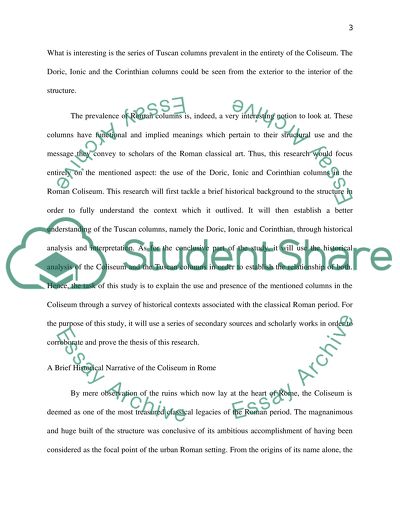Cite this document
(“The Utilization of Tuscan Columns in the Coliseum in Rome Essay”, n.d.)
The Utilization of Tuscan Columns in the Coliseum in Rome Essay. Retrieved from https://studentshare.org/architecture/1448440-the-utilization-of-doric-ionic-and-corinthian
The Utilization of Tuscan Columns in the Coliseum in Rome Essay. Retrieved from https://studentshare.org/architecture/1448440-the-utilization-of-doric-ionic-and-corinthian
(The Utilization of Tuscan Columns in the Coliseum in Rome Essay)
The Utilization of Tuscan Columns in the Coliseum in Rome Essay. https://studentshare.org/architecture/1448440-the-utilization-of-doric-ionic-and-corinthian.
The Utilization of Tuscan Columns in the Coliseum in Rome Essay. https://studentshare.org/architecture/1448440-the-utilization-of-doric-ionic-and-corinthian.
“The Utilization of Tuscan Columns in the Coliseum in Rome Essay”, n.d. https://studentshare.org/architecture/1448440-the-utilization-of-doric-ionic-and-corinthian.


